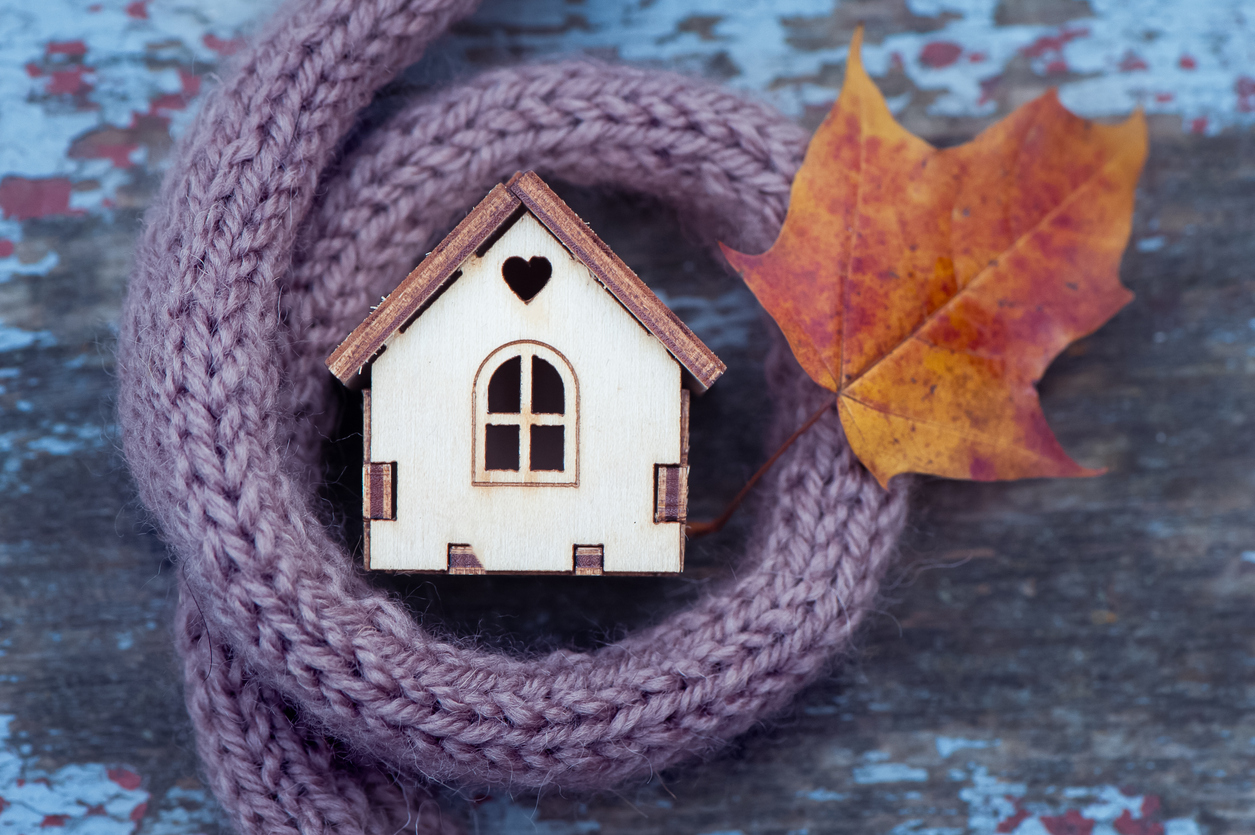Jan, 2023: Although this article was written in the winter of 2022, the takeaways still apply.
Colder-than-average temperatures this winter and increased fuel costs will make staying warm this winter a challenge. The price of natural gas, electricity, fuel oils and propane are all on the rise. Higher bills take a bite out of everyone’s budget but they’re especially harmful to low-income families, who spend more on energy as a percentage of total monthly costs than others. So, with global warming, why are temperatures falling this winter? It seems counterintuitive, but with the overall warming of the planet comes climate instability—leading to extreme weather events.
From here on out, unfortunately, it will be harder, in general, to stay comfortable in our homes both in summer and in winter. In the long run, fighting climate change will help mitigate its worst effects. Short term, we have to find ways to deal with rising energy costs and colder weather. Now is the time. Winter is coming (to quote Ned Stark, Lord of Winterfell, in Game of Thrones’ latest season). So let’s get down to basics.
Big Measures
The big measures for making a home more winter ready are:
- Air seal your house to make it less leaky.
- Insulate attics, walls, and sometimes basements (from outside using foam board or under the joists in a crawlspace).
- Install a heat pump water heater and heat pump for heating your house.
- Replace appliances at the end of their useful lives with Energy Star models.
To know which of these measures will be most effective, have a whole home energy audit performed by a certified home performance contractor. Check with a contractor and your local utility to find out about rebates and tax credits for energy-related measures and new appliances, including heat pumps and heat pump water heaters.
Easy and Medium Measures
You can do the following with material you can buy for less than $20 at your local hardware store.
- Caulk around doors and windows with leaks less than about ¼-inch across.
- Weatherstrip doors and windows (most hardware stores will have the material you need and some helpful suggestions for installing.
Some steps are not too expensive but also not do-it-yourself projects:
- If you have older single pane and/or leaky windows and aren’t ready to replace them, you can install interior storm windows.
- Consider purchasing a small induction cooktop and trying it out at home to reduce the cost of cooking on a standard electric cooktop or a gas range
- Programs such as the Low Income Home Energy Assistance Program can help low-income families make it through the winter with direct payments. The Department of Energy’s Weatherization Assistance Program has weatherized millions of homes, making homes of low-income families more comfortable, healthy to live in, and more energy efficient. See if you qualify for these programs to get through this winter comfortably.
Check out our guide to weatherproofing windows for more ideas.
Off-the-Wall Suggestion
One completely off-the-wall measure: build a massive slab of stone or concrete wall, known as a Trombe Wall, and install it standing up a few feet in front of your south-facing windows.
A Trombe Wall is an object with high thermal mass that heats up during sunny days and gradually sheds heat at night, keeping you warm all day and all night. You’d probably be the first person on your block to have one.
This approach to passive solar heating has been used since the 1970s. In fact, it’s a bit like a modern day version of the castle wall. So maybe I’ve been watching too many Game of Thrones episodes?
Jim Gunshinan is a science writer who covers energy and the environment. He was the editor of No Regrets Remodeling, Second Edition, a science blogger for a PBS affiliate, and editor of a magazine covering green home building and renovation. Jim lives in Walnut Creek, California.
